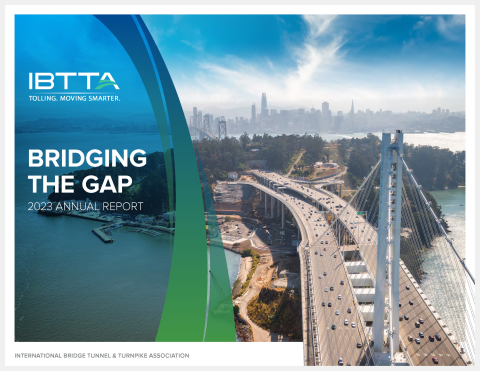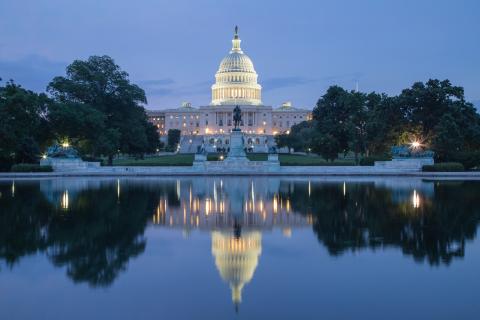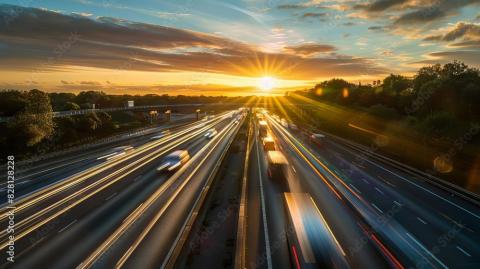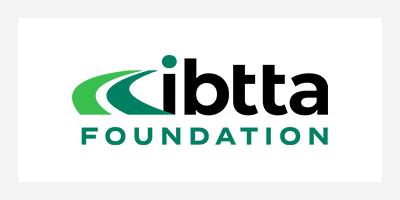- Home
- IBTTA Insights
- Now's the Time for Infrastructure Investment
Stories
Now's the Time for Infrastructure Investment


Cherian George, Managing Director, Americas, with Fitch Ratings in New York, argues that now is the time for major U.S. infrastructure investment in a mid-March opinion piece for Forbes. He gives three reasons to take action before the window of opportunity closes: the economy is strong, toll roads’ traffic and revenue are growing steadily, and infrastructure investment provides positive returns. Here are the key segments of his post, reprinted by permission.
An adjustment to the broader economy is coming. The recent government shutdown and general policy inertia are not helping matters. Rather than being an impediment to the economy, the U.S. government has a unique opportunity to take decisive action on aging and obsolete infrastructure to provide a firmer foundation for the future. The current supportive economic environment can shoulder the investment. That window will close, so the time to act is now.
Why is that so? Here are three reasons:
1. The economy is doing well.
In spite of the increased concern of the next economic downturn, the economy is still quite healthy. According to Fitch Ratings, the U.S. had average annual gross domestic product growth of 2.2% from 2013 to 2017 while reaching a high of 2.9% in 2018, and is expected to sustain growth rates above 2.5% in 2019. That same report showed unemployment at a low 3.4%, inflation slightly above 2%, and policy interest rates likely to remain below 4%.
Making a real effort to update U.S. infrastructure would make the most sense now, while the economic environment can still support the investment. Acting now would bolster and extend the current economic growth cycle and provide the foundation for decades of growth in the future. Conversely, putting it off until after a recession has begun would push the U.S. back even further. And with the country already decades behind in its infrastructure development, waiting simply makes it more difficult.
2. Transportation is trending up.
The same healthy rate of growth can be seen through the lens of transportation infrastructure, where it does not appear that trouble is brewing. Toll roads and passenger air traffic are all trending at very healthy levels. Performance at ports throughout the country does not appear to be materially affected thus far by increased trade tensions between the United States and other parts of the world…
According to my company’s latest internal data, traffic and revenue on U.S. toll roads grew steadily in 2018, rising an estimated 3.5% and 6.3%, respectively, reflecting continued strong economic growth. Overall, revenues grew faster than traffic as a number of facilities implemented toll hikes. As of November, the trend in national vehicle miles traveled (VMT) showed continued growth in 2018, with VMT at a little more than 9% above the lows reached during the global financial crisis…
3. Investing in infrastructure provides positive returns.
And perhaps the most important reason of all is that infrastructure investment has been demonstrated to provide a return.
This return is a function of the state of the economy and the nature and efficiency of investment. In October 2014, the International Monetary Fund stated that in reference to public investment shocks, an unexpected 1% GDP increase in investment spending increases output levels by about 0.4% during the year of the shock and by 1.5% four years later. The takeaway is that a modestly growing advanced economy, such as the U.S., is well-placed to garner meaningful benefits.
The multiplier effect of infrastructure investment can be seen in other economic research, as well. The Federal Reserve Bank of San Francisco found that for each dollar a state receives in federal highway grants, it sees an annual economic output boost of at least two dollars. The multiplier varies depending on the slack in the economy and the nature of funding. This might be counterintuitive in the current environment, but in fact, debt funding (despite the obvious long-term concerns) adds to near-term resources and benefits long-term growth.
Now is the time.
Not only does U.S. infrastructure need to be updated to meet the needs of a 21st century economy, but it’s not going to get any easier. The country will inevitably face another recession, and the implications for budget deficits and the national debt will come to the fore again. The cost of inaction will be a higher price tag for infrastructure and greater barriers to tackling this problem given the inevitable rise in cost of other priorities, such as health care, social programs and the national debt. With a demonstrable return on infrastructure investment, we can afford it, and delay is not an option.
You may read the article in its entirety as it appeared in Forbes.

Joining IBTTA connects you to a global community of transportation professionals, offering unmatched opportunities for networking, knowledge-sharing, and collaborative innovation in the tolling and transportation sector.
Follow IBTTA on social media for real-time updates on transportation trends and collaborative opportunities.





